Sony Xperia 1 III review: The final enthusiast smartphone


You are practically drooling after looking at the hardware specifications of the Sony Xperia 1 III (read as "one mark three"), right? If so, you would most probably be the type of nerd that the smartphone was specifically made for. As our review will show, Sony defies all trends and focuses on technical refinements such as different telephoto lenses, Hi-Fi headphone jacks, and more to keep you on the edge of your gaming chair.
Good
- Amazing performance level
- Innovative camera system
- Photos that don't look like smartphone shots
- All-round high quality
- 3.5 mm headphone jack
- IP68 certification and Gorilla Glass Victus
Bad
- Numerous overheating issues
- Battery life is mediocre
- Quick-charging is too slow compared to the competition
- Phone calls are a pain
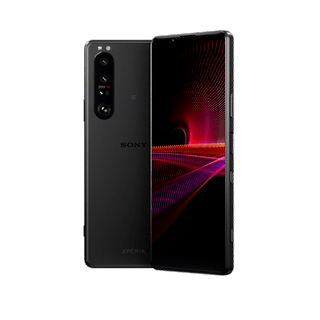
Sony Xperia 1 III in a nutshell
There are smartphones that only certain companies can make. Sony is a mega-corporation and smartphones have never been the main focus of the Japanese consumer electronics manufacturer. For this reason alone, Sony can afford to include crazy features such as a 21:9 display, 20 FPS continuous shooting for its camera, and a 3.5 millimeter headphone jack in a flagship.
In this review, the Sony Xperia 1 III oozes with a very individual charm. Design and build quality resemble the monolith from Stanley Kubrick's 2001: A Space Odyssey, while the features found in the camera and display are completely convincing in everyday use. Unfortunately, Sony also made a few mistakes that should not be there in the first place, what more a flagship device.

That's because the Xperia 1 III overheated frequently during the review and its battery life leaves much to be desired. In addition, there are other annoying errors that occur when making calls. The super slim format and ultra-smooth finish will also make you nervous in everyday use as each time you use the handset, you would be scared of dropping it by accident.
Priced at just under $1,300, the Sony Xperia 1 III is ultimately too expensive for most consumers. Only those who appreciate features like a display that offers "real" 4K, a camera without fake bokeh in portrait mode, and a headphone jack will find the purchase worthwhile!
Design and display: Sony's magnum opus
The Xperia 1 III comes with a 6.5-inch display in Sony's typical 21:9 format. This results in a slim, long smartphone with dimensions that measure 165 × 71 × 8.2 millimeters. The AMOLED panel sports a 120 Hertz refresh rate and a mouth-watering 4K resolution, resting comfortably beneath a layer of Gorilla Glass Victus - which is sorely needed considering the high-end specifications here.
What I liked:
- Sleek, "professional" look.
- High-quality finish.
- Decent camera bump.
- Beautiful display for movie fans.
- 3.5 millimeter jack.
- Camera shutter button.
- Clever SIM tray implementation.
What I disliked:
- Extremely slippery in my hands.
- Scratches easily without a protective case.
- No fingerprint sensor under the display (please read on).
- Poorly calibrated proximity sensor.
You either love Sony's smartphone format or you hate it. This is because smartphones with a 21:9 display are forced to be very slim and offer a unique feel. While it's easy to grip the smartphone with your hand, it's almost impossible to touch the top of the screen using that very same hand. Either way, modern day smartphones with their large displays are also close to impossible to operate with just a single hand, so the 21:9 display doesn't really go against the Xperia 1 III.
The unique display means you often have to reach around to touch the top of the screen, especially when you make use of gesture controls. Unfortunately, the shortcut for the one-handed mode, which can only be reached via a menu, is omitted when Android gestures are activated. This repeated stretching of your hand leads to dicey situations where the smartphone threatens to fall out of your hand and land with a heart-breaking thud, Gorilla Glass Victus or not.
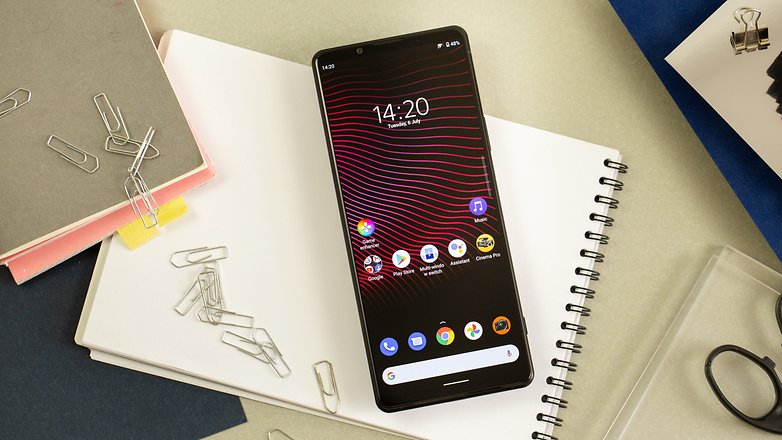
It does not help that the Sony Xperia 1 III is extremely slippery courtesy of its matte glass back. Since the fashion industry only produces chino-style pants for men in their mid- (well, late) twenties, the smartphone must have slipped out of my pants at least 15 times over the last three weeks alone.
Although Sony protects the device with Gorilla Glass Victus on the front and Gorilla Glass 6 on the back, in addition to IP68 certification, a protective case is unfortunately mandatory with the Xperia 1 Mark III.
A display suited for movie fans
With the Xperia 1 III, I caught myself watching movies on the smartphone more often in recent weeks. This is because the 21:9 format display ensures that you can watch many Hollywood flicks without those nasty horizontal black bars at the top and bottom. In addition, the display on the HDR-certified OLED display with true 4K resolution (3840 x 1644 pixels) looks really amazing.
Sony was definitely far from being stingy with the certificates and features used by the display. The display itself is nice and buttery smooth with a 120 Hertz refresh rate, responds very smoothly to input thanks to a 240 Hertz sampling rate, and covers the entire DCI-P3 color space at 100 percent. The smartphone even boasts of the ITU-R BT.2020 recommendation, and Sony simulates its own Master Series TVs in Creator mode.

However, many of these features won't really come into action during everyday use. For avid photographers and videographers, however, the smartphone is quite suitable as a mobile control monitor. The only negative point I noticed was the lack of an adaptive frame rate. The Xperia 1 sets itself at 120 Hertz when activating smooth image rendering.
To that end, Sony frames its display in comparably thick bezels, as the front camera isn't set into the display via a notch. Personally, I like this design a lot, but I'd still like to point it out as it forges a slightly different path from many smartphones today. Regardless, the Xperia 1 III has a lot of other stuff that other smartphones don't.
Nicest details in the smartphone world
With prolonged use of the Xperia 1 III, you begin to notice more and more details that give the handset its own character. For example, Sony places the position of the NFC chip on the back, just like on the side of any Sony Alpha system camera. The shutter button for the camera on the right side of the case and is made out of metal, it's also etched and can be pressed down halfway to activate autofocus when snapping a shot.
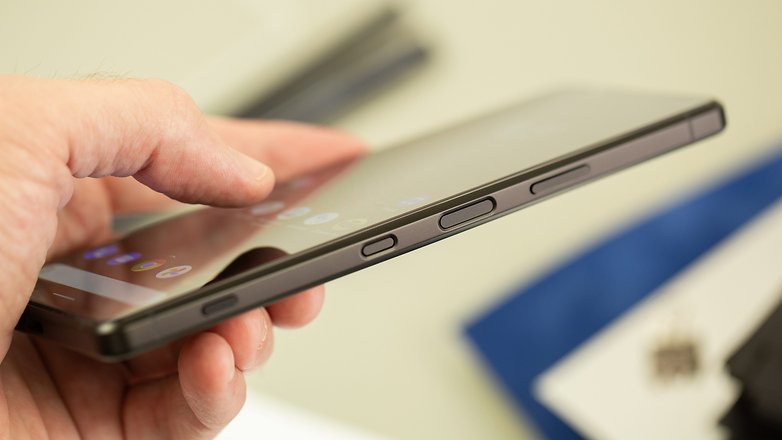
There is, of course, a 3.5-millimeter jack and the side fingerprint sensor, of which both seem to be a bit out of time. Both choices turned out to be very handy in everyday use. The 3.5 mm headphone jack transforms the smartphone into a hi-fi audio player with its combination of 24-bit/192 kHz high-resolution audio and compatibility with a variety of playback formats. The fingerprint sensor is also just right for the slim format. It has been positioned so that your thumb rests on it automatically whenever you hold it.
Poor proximity sensor and cool SIM tray
There are two small things that I would like to point out: The proximity sensor on the earpiece is incredibly poorly calibrated. This is because the long Xperia 1 III is placed a little off the ear whenever one makes a call, and this will activate the display directly. In everyday use, I constantly muted myself, accidentally hung up or put my call on hold with my chat partner.
The second little thing is a SIM tray that sans an ejector tool. While this proved to be confusing at first, it makes a lot of sense given the micro SD memory card slot is also placed at the same place. After all, Sony had photographers and videographers who store their files on the SIM card in mind, and also insert it into a card reader when importing. Charming!
TL;DR: Sony does not let itself be distracted by current trends in the smartphone industry. The notchless display with true 4K resolution is beyond reproach and the workmanship including robust materials and IP certification are high-quality. The only thing missing is the adaptive refresh rate and how easily the smartphone slips through my hand due to the matte back is annoying in everyday use.
Performance: Benchmark killer with overheating problems
Sony uses the Snapdragon 888 in the Xperia 1 III. This is one of the most powerful processors for smartphones in 2021 which also supports 5G. It is mated to 12GB of RAM and 256GB of speedy UFS 3.1 storage.
What I liked:
- Amazing system performance.
- Plenty of power.
- 4K video editing is rather effortless.
What I disliked:
- Overheating problems even in normal, everyday use.
- Many noticeable bugs in the performance.
2021 is the year of the Snapdragon 888 where you will benefit from the high level of the SoC's performance in the Xperia 1 III. Thus, the smartphone is very well suited for mobile games and thanks to its 12GB RAM, while Sony's minimally modified stock Android runs very smoothly.
This top notch hardware equipment also brings a lot of joy if you want to edit or record 4K videos using the smartphone as a standalone platform. I was able to find out exactly how its performance compared to other flagships by running a few benchmark tests.
Sony Xperia 1 III benchmarks
| Benchmark | Sony Xperia 1 III | Asus Zenfone 8 | OnePlus 9 | Xiaomi Mi 11 | Samsung Galaxy S21 Ultra |
|---|---|---|---|---|---|
| 3D Mark Wild Life | 5683 | 5753 | 5683 | 5702 | 5375 |
| Geekbench (Single / Multi) | 1115 / 3526 | 1124/3738 | 1119/3657 | 1085/3490 | 942 / 3407 |
Sony's Xperia 1 III is on par with many of the top performers from 2021. Alongside its Snapdragon peers, it's ahead of the Galaxy S21 Ultra, which uses Samsung's very own in-house processor. What the Xperia 1 III has in common with many Snapdragon 888 smartphones, though: I kept noticing heating issues, which a stress test confirmed.

The temperature rose up to 45 degrees Celsius in the test, and that is despite Sony having reduced the smartphone's performance via thermal throttling. You can also feel this heat when you hold the smartphone in your hands. The heat build up was so high that I would describe using the smartphone as an unpleasant experience.
Unpleasant especially because the heat built up was not only limited to just mobile games or video editing. With the 120 Hertz refresh rate enabled, I noticed how the smartphone got really hot on a summer day during every day, regular use - including WhatsApp, Google Maps, and Spotify while carrying it in my pocket. It got so hot, in fact, that I had to download and install a CPU-cooling app and disabling the high refresh rate.
That is simply unacceptable on a smartphone that I would have paid €1,300 for as a customer. Even if the performance level is very high, a smartphone like this should not get so hot that it becomes dangerous for the components or the well-being of the user.
TL;DR: The Xperia 1 III is one of the most powerful smartphones on the market. This is noticeable both in everyday use and under a full load. Unfortunately, this is also due to the fact that both the components and the smartphone itself will get really hot. This can be unpleasant in the long run, especially during the summer.
Camera: Novelty x naturalness
Sony's main focus in the Xperia 1 III is on the camera, because there is a novelty factor to take into consideration here. The triple camera at the back offers four optical focal lengths, with telephoto camera even switching between two focal lengths. Sony now fully relies on the camera app known as "Photo Pro" for this.
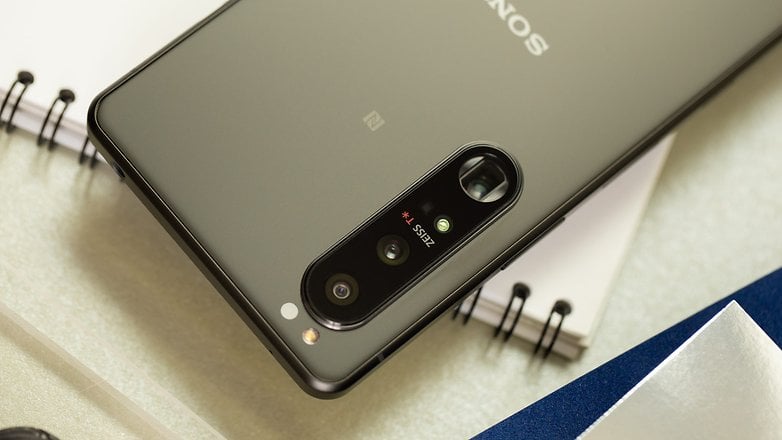
What I liked:
- Natural look of Sony's image processing.
- Ultra-precise autofocus thanks to its 3D sensor.
- Ease-of-use thanks to the camera button and Photo Pro app.
- Great camera app.
What I disliked:
- Continuous mode in everyday life, but rather a gimmick.
- Too much disparity between the wide-angle and telephoto lens.
Announcement: Are you reading this review primarily because of Sony's camera in its flagship smartphone? If so, I have one piece of good and bad news apiece for you. Because the Xperia 1 III will be part of an extensive camera comparison test over the next few weeks, I will go into more details about the camera. Therefore, the camera segment of this review is a bit shorter.
Surely you've seen a Sony camera on the neck of a photographer on the street or at an event. Sony is one of the leaders in digital photography, so it's exciting to see Sony's camera know-how make it into the smartphone. Along with that comes the icing on the cake from German manufacturer Zeiss, which you'll most probably recognize via the "T*" designation.
Sony's camera in detail
| Camera | Features |
|---|---|
| Main camera | 12 MP | 24 mm | f/1.8 | 1/1.7 " | Dual Pixel PDAF | OIS |
| Ultra-wide angle | 12 MP | 16 mm | f/2.2 | Dual Pixel PDAF |
| Telephoto camera(s) | 12 MP | 70 & 105 mm | f/2.3 & f/2.8 | Dual Pixel PDAF | OIS |
| Selfies | 8 MP | 24 mm | f/2.0 |
| Video | Max. 4K at 120 FPS | Full HD at 240 FPS |
| Features | Real-time tracking via 3D- iToF sensor, eye tracking, 20 frames per second in continuous mode |
A world's first in Sony's smartphone consists of the variable telephoto lens. Using the same 12-megapixel sensor, you can switch between 70 millimeters and 105 millimeters modes. However, I would attribute a penchant to capture natural-looking photos by the Sony Xperia 1 III as a special feature.
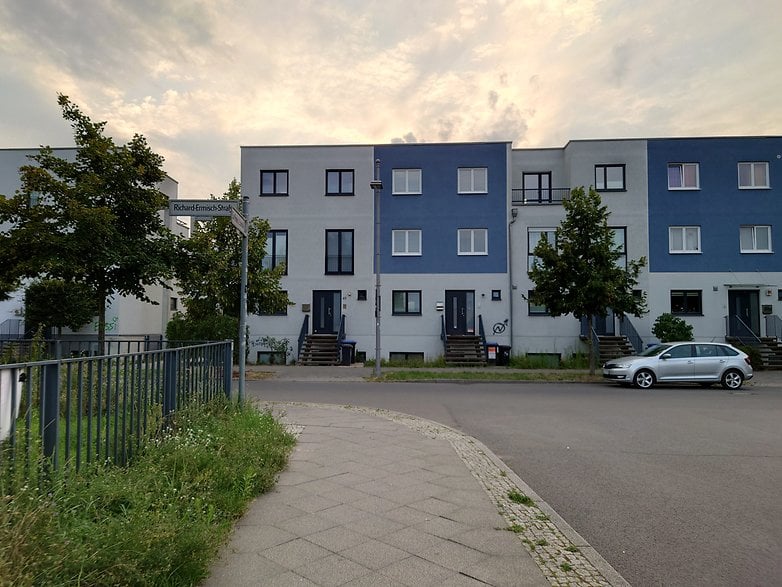
Overall, the pictures rarely look as though they were taken with a smartphone. That's because Sony doesn't try to capture a super-sharp and ultra-dynamic shot of subjects using image processing like other manufacturers. Instead, there are overexposure, dark areas, and even digital bokeh that looks natural. The natural shots by the Xperia 1 III is best demonstrated by the following image:

Here, many phones would have artificially brightened the face to highlight the subject and ironed out wrinkles and blemishes. Instead, we see too-bright highlights on the hair, a face that's half in shadow, and super-natural skin tones.
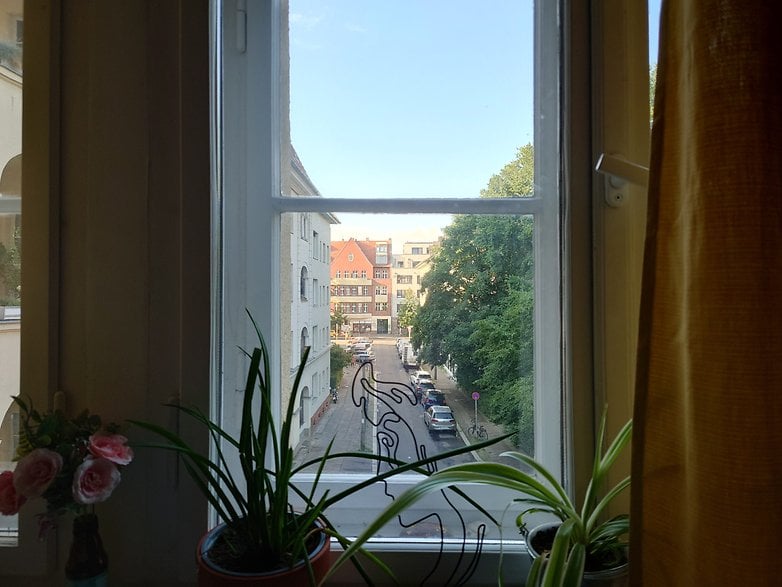
The same naturalness is found in the image of the window right above. The soft light shines beautifully through the curtain and the leaves of the plant on the right, while the other areas of the image disappeared into darkness.
Night shots without night mode
Sony doesn't equip its smartphones with a dedicated night mode and simply relies on its quality in dark environments. Through this, you do not get a magical night vision mode, such as when you buy the Vivo X60 Pro 5G, but natural-looking shots in the evening hours:
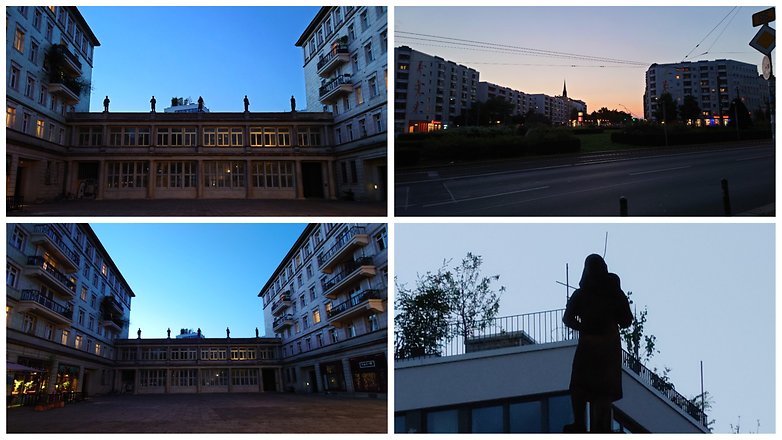
One could chalk up that the scene on the top right as being too underexposed. However, the Xperia 1 places the exposure metering on the night sky, which is thus depicted realistically. In the three other pictures, you can also see the focal length range of the smartphone: 16 millimeters at ultra wide-angle on the bottom left and 105 millimeters at optical telephoto zoom on the bottom right.
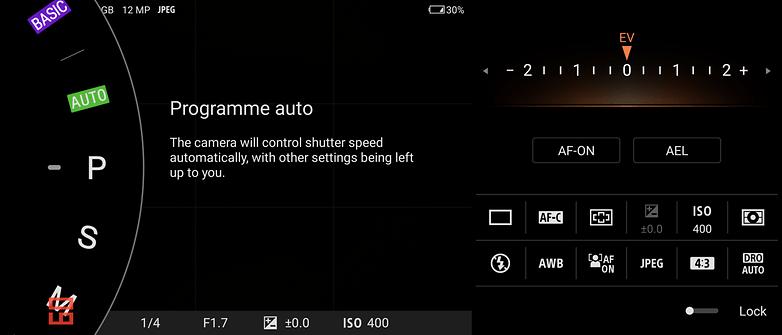
TL;DR: The Xperia 1 III's camera takes quite atypical shots for a smartphone - and I really like that in this review. Again, it shows that Sony is unimpressed by current trends. More details about the camera and a lot more comparison photos will be available soon in the detailed camera article.
Battery life: Not a long distance runner by any means
Sony installed a 4,500 mAh battery in their 2021 flagship. You can quickly recharge it using the included 30-watt power adapter, while both wireless charging and reverse wireless charging are also supported by the Xperia 1 III.
What I liked:
- Quick-charging achieves the balance between speed and sustainability.
- Decent battery life.
- Wireless charging, including reverse wireless charging.
What I disliked:
- Other manufacturers outperform Sony in terms of battery life.
- A lot of heat generated during the charging process.
Sony's 4,500 mAh battery is currently considered as average for today's smartphones. That's not too shabby, if it weren't for a few power guzzlers that the Xperia 1 III possesses. First and foremost, the 120Hz refresh rate in the display and 4K resolution which 'forced' me to settle for a battery life of slightly more than a day.
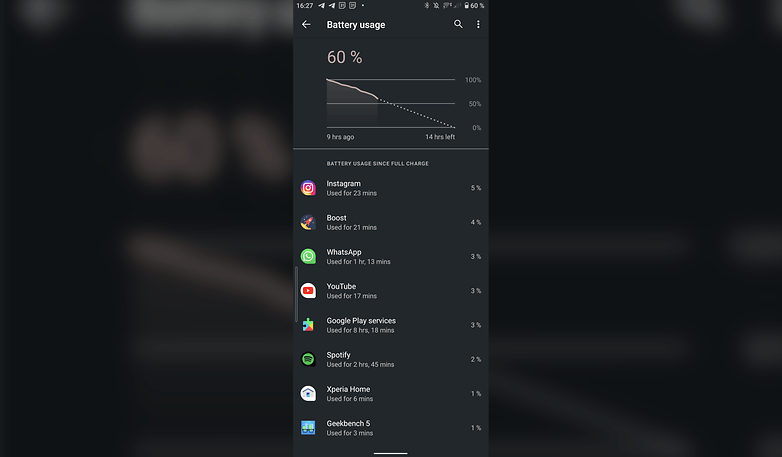
Sony relies on the USB-PD charging standard for its quick charging. This allows the smartphone to charge at a maximum of 30 watts, which is rather slow compared to the competition. OnePlus, for example, offers 65 watts in the OnePlus Nord 2 5G, which costs just less than $500. In return, Sony offers wireless charging support and if you use in-ear Bluetooth headphones like the Sony WF-1000XM4, you can charge them courtesy of the reverse wireless charging capability.
TL;DR: Sony has focused on the essentials when it comes to the battery's features. The runtime is rather sufficient for everyday use, as most users charge their smartphone's overnight anyway. However, those looking for a real long-lasting handset with super-fast Quick-Charging support should look elsewhere and not settle for the Xperia 1.
Technical data and interesting facts
Sony Xperia 1 III: Technical specifications at a glance
| Sony Xperia 1 III | |
|---|---|
| Processor | Qualcomm Snapdragon 888 5G |
| Memory (RAM / internal) | 12GB / 256 GB |
| Expandable memory? | Yes, MicroSD |
| Dual SIM | Yes |
| Display | 6.5-inch HDR OLED at 120 hertz (3840 x 1644 pixels) |
| Size | 165 x 71 x 8.2 millimeters |
| Weight | 186 grams |
| Connectivity | 5G, LTE, WLAN 802.11 a/b/g/n/ac/6, Bluetooth 5.2, USB Type-C, NFC, GPS |
| Main camera | 12 MP | 24 mm | f/1.8 | 1/1.7 " | Dual Pixel PDAF | OIS |
| Ultra-wide angle | 12 MP | 16 mm | f/2.2 | Dual Pixel PDAF |
| Telephoto | 12 MP | 70 & 105 mm | f/2.3 & f/2.8 | Dual Pixel PDAF | OIS |
| 3D sensor | TOF 3D |
| Front camera | 8 MP | 24 mm | f/2.0 |
| Video | Max. 4K at 120 FPS | Full HD at 240 FPS |
| Battery capacity | 4,500 mAh |
| Charging Technologies | Quick Charging with 30 Watt | Wireless Charging | Reverse Wireless Charging |
| Authentication | Fingerprint sensor in the Power button |
| Operating System | Android 11 |
What else you should know
Here are a few more facts about the Sony Xperia 1 III, which I'll present below concisely.
- 4G bands: 1, 2, 3, 4, 5, 7, 8, 12, 13, 17, 19, 20, 25, 26, 28, 29, 32, 34, 38, 39, 40, 41, 46, 66.
- 5G bands: n1, n3, n5, n7, n8, n20, n28, n38, n40, n41, n77, n78.
- USB-C port supports 4K at 60 frames per second.
- Available in black and purple.
- Android 11 pre-installed with few customizations.
- Sony offers sound features like 360-degree sound and vibration-based feedback called "Dynamic Vibration".
Conclusion
Hardly any manufacturer has shown as much character in a smartphone in 2021 as Sony. If you like other products from the Japanese mega-corporation - headphones, cameras, game consoles, and so on, you will love the Xperia 1 Mark III. This is because the smartphone defies current trends and managed to do something impressive in the process: It showed how things can be done differently.
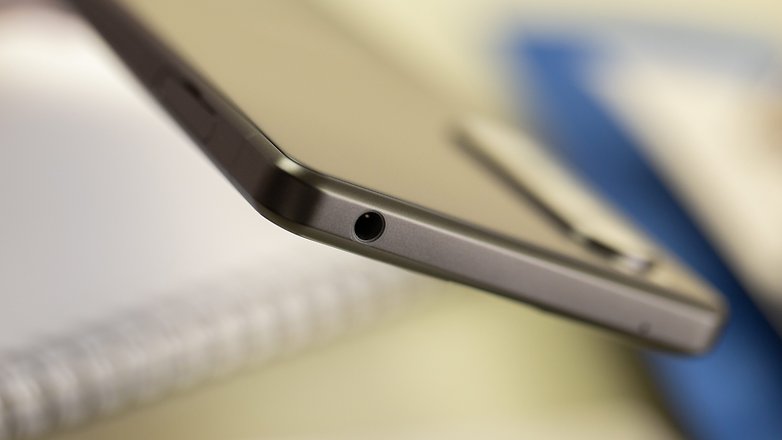
Headphone jacks offer added value even in a flagship handset. Smartphone cameras don't have to offer infinite megapixels and render images in an over saturated HDR look simply because it's technically possible. And not every smartphone necessarily has to have a punch hole notch just because it wants to reduce the bezel by a few millimeters.
However, Sony's 2021 flagship will cost you €1,300 and offers some unnecessary inclusions at that price, which is unforgivable for all its charm. While the smartphone is extremely powerful, you don't want to carry a radiator in your pocket in the summer. It might come in handy during the winter as a hand-warmer, and a very expensive one at that! Sony's calibration of its proximity sensor was so badly done that you annoy every second caller is also an absurdity for a device at this price point.
Despite all this, the Xperia 1 III is a really nice and good smartphone. However, I still think that Sony has created a niche product that won't end up in many pockets with such a high recommended retail price. However, Sony itself knows that and has two cheaper models up its sleeve for safety: The Xperia 5 III and the Xperia 10 III, where both are therefore the best alternatives to Sony's flagship if you are particularly loyal to this brand.
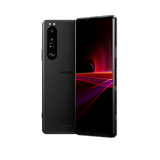
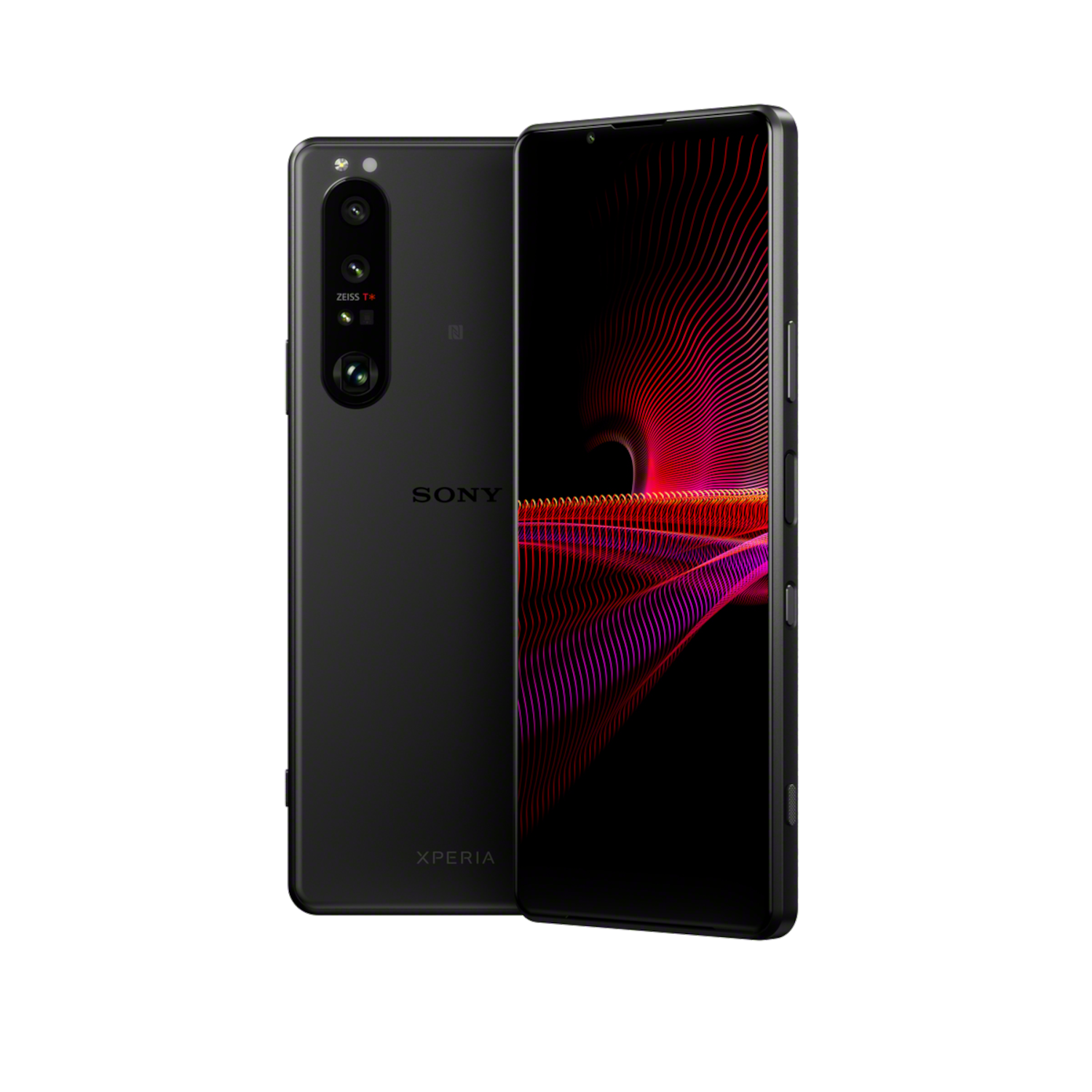







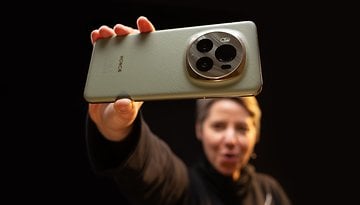
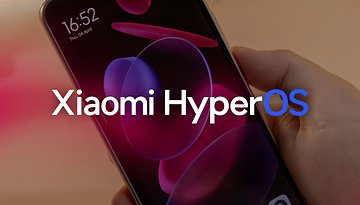
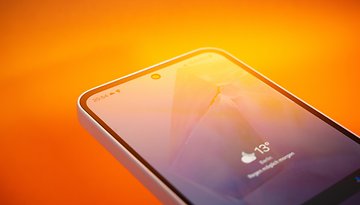
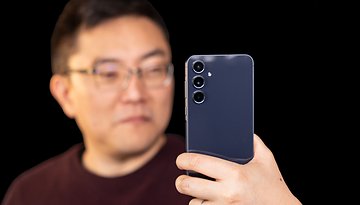
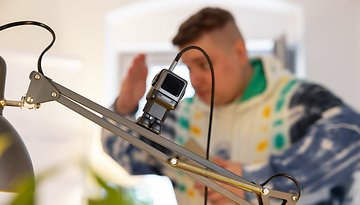


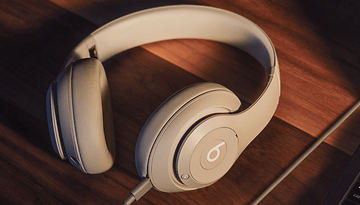

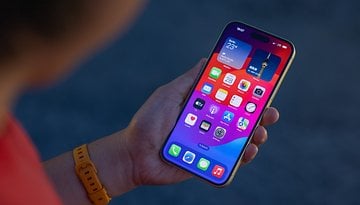
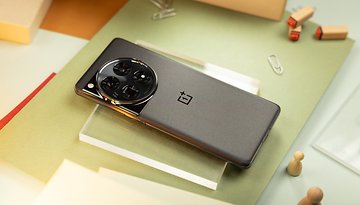


What a total waste of a review, don't all of you tech websites ever learn anything, I could train a parrott to do a better review than that, sorry if im insulting but it's true. Well no it's not true im insulting the parrott
-
Admin
-
Staff
Nov 3, 2021 Link to commentWhat’s your point? I don’t get it.
https://www.youtube.com/watch?v=z9SMUzj-_4Q Thank you for your feedback.